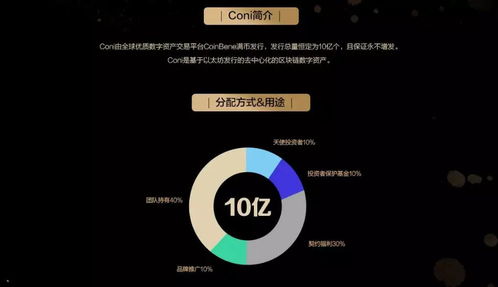How to Choose the Best GPU Mining Setups in Russia’s 2025 Era
Russia, 2025. The digital landscape has undergone a seismic shift. Cryptocurrency mining, once a fringe activity, has solidified its place as a significant economic force, fueled by a combination of favorable energy prices and a tech-savvy populace. But navigating this landscape requires shrewdness, especially when selecting the optimal GPU mining setups. Forget the amateur hour; we’re talking strategic deployment, maximizing hash rate, and future-proofing your investment. The era of plug-and-play profitability is long gone. Now, it’s about precision engineering, efficient cooling, and anticipating the next technological leap.
The foundation of any successful GPU mining operation rests on the selection of the right hardware. While Bitcoin ASIC miners dominate the BTC landscape, GPUs maintain relevance for mining other cryptocurrencies, particularly those utilizing proof-of-work algorithms. Ethereum, while transitioning to proof-of-stake, has paved the way for a plethora of alternative coins ripe for mining. AMD and NVIDIA remain the titans of GPU manufacturing, with models like the Radeon RX 6000 series and the GeForce RTX 30 series still holding their own. However, 2025 demands more than just raw power. Consider energy efficiency – a crucial factor given fluctuating energy costs and environmental concerns. Look for GPUs with excellent hash rate per watt ratios, and explore undervolting techniques to optimize performance.

Beyond the GPUs themselves, the supporting infrastructure is paramount. The motherboard needs to handle multiple GPUs without bottlenecking performance. Power supply units (PSUs) must provide stable and ample power, with enough headroom for future upgrades. And crucially, cooling solutions are non-negotiable. Overclocking to extract maximum performance from your GPUs will quickly lead to thermal throttling and hardware failure without adequate cooling. Consider immersion cooling, liquid cooling, or highly efficient air cooling systems tailored to the specific environment in which your mining operation is located. Russia’s diverse climate presents unique challenges, from frigid winters to sweltering summers, demanding adaptable cooling strategies.
Software selection is equally critical. Forget outdated mining software; embrace the latest advancements in mining pools, operating systems, and monitoring tools. Mining pools offer a more stable and predictable income stream compared to solo mining, by pooling computational power with other miners to increase the likelihood of finding blocks. Operating systems like Linux-based distributions offer superior stability and performance compared to Windows for mining applications. And real-time monitoring tools are essential for tracking hash rates, temperatures, and power consumption, allowing you to identify and address potential issues before they escalate.
Navigating the regulatory landscape is another essential piece of the puzzle. Russia’s stance on cryptocurrency has been evolving, with ongoing debates surrounding regulation and taxation. Staying informed about the latest legal developments is crucial for ensuring compliance and avoiding potential penalties. Consider consulting with legal experts specializing in cryptocurrency regulations to ensure your mining operation operates within the bounds of the law.
Furthermore, the rise of decentralized finance (DeFi) has created new opportunities for miners. By participating in DeFi protocols, miners can earn additional income by lending out their cryptocurrency holdings or providing liquidity to decentralized exchanges. This can significantly boost the profitability of your mining operation and diversify your revenue streams. However, DeFi also comes with its own set of risks, including smart contract vulnerabilities and impermanent loss. Thoroughly research any DeFi protocol before participating and understand the potential risks involved.

Finally, consider the long-term viability of your mining operation. The cryptocurrency landscape is constantly evolving, with new algorithms, new currencies, and new technologies emerging all the time. To stay ahead of the curve, you need to be constantly learning and adapting. Keep an eye on emerging trends, experiment with new mining strategies, and be prepared to pivot if necessary. Investing in research and development can also give you a competitive edge by allowing you to develop custom mining solutions or identify new mining opportunities before anyone else.
The future of GPU mining in Russia, and globally, hinges on adaptability, innovation, and a deep understanding of the technological and regulatory forces at play. Those who embrace these principles will be well-positioned to thrive in the ever-changing world of cryptocurrency mining.
Navigating Russia’s 2025 crypto landscape? This guide decodes GPU mining rig optimization, factoring in energy costs, climate, and regulations. A must-read for future ruble-minting miners.